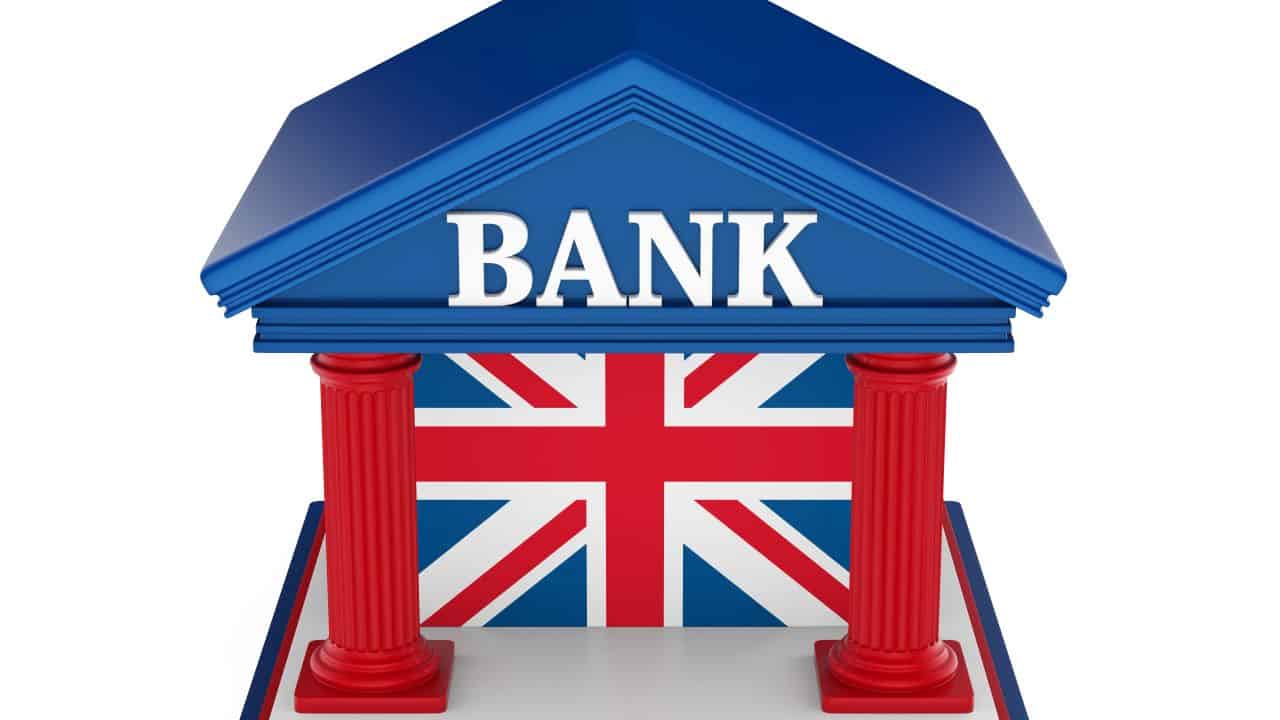The Bank of England is very likely to cut base rate this week, according to most experts.
Sarah Coles, head of personal finance at Hargreaves Lansdown, says a rate cut has been on the cards ever since inflation came in lower than expected for December, and the Bank of England lost its only good reason not to cut to support the flagging economy.
But she warns that mortgage borrowers won’t be dancing in the streets.
“If you’re on a fixed rate, it’s not going to move the dial significantly overnight, because the market had already largely priced this in. Right now, Moneyfacts data shows the average two-year fixed rate mortgage has inched up from 5.48% at the start of the year to 5.52%. It may inch down again in the coming days, but news that mortgage rates might be back where they were a month ago is unlikely to unlock the floodgates” she says.
“What’s more positive is that if we don’t get any nasty surprises on inflation, rates are likely to be on their way down. It’s never a straight line, and it’s not worth holding your breath for deals back at 2% – but things are likely to be moving in the right direction.
“The latest HL Savings & Resilience Barometer shows that people with a mortgage have an average of £116,890 outstanding on their loan, so even the smallest shift can make a big difference to their financial resilience.”
Coles’ HL colleague Susannah Streeter, head of money and markets, says that three members of the Bank of England monetary policy committee wanted to see a rate cut at the last meeting to boost growth, and it’s looking highly likely that more will follow their lead on Thursday and vote for a reduction.
She continues: “Traders are currently pricing in the chances of an interest rate cut at 84%. The Fed’s decision to hold rates, and its more cautious outlook, will also be playing on minds. So a rate cut encore may not materialise very quickly, given that inflationary pressures are waiting in the wings.
“Average prices charged by firms were rising at the fastest pace in January for 18 months, according to the flash purchasing managers index from S&P Global, which is monitored by the Bank.
“Troupes of retailers have threatened to raise prices, due to the burden of higher National Insurance contributions from April. At the same time, companies in the private sector are cutting jobs at the fastest rate since the pandemic.
“The spectre of stagflation is looming over the economy, with inflation looking set to rise, while the economy stagnates, and this may constrain rapid monetary policy moves in the months to come. Financial markets are still pricing in an additional two interest rate cuts this year, but there is likely to be more caution around the table.”















